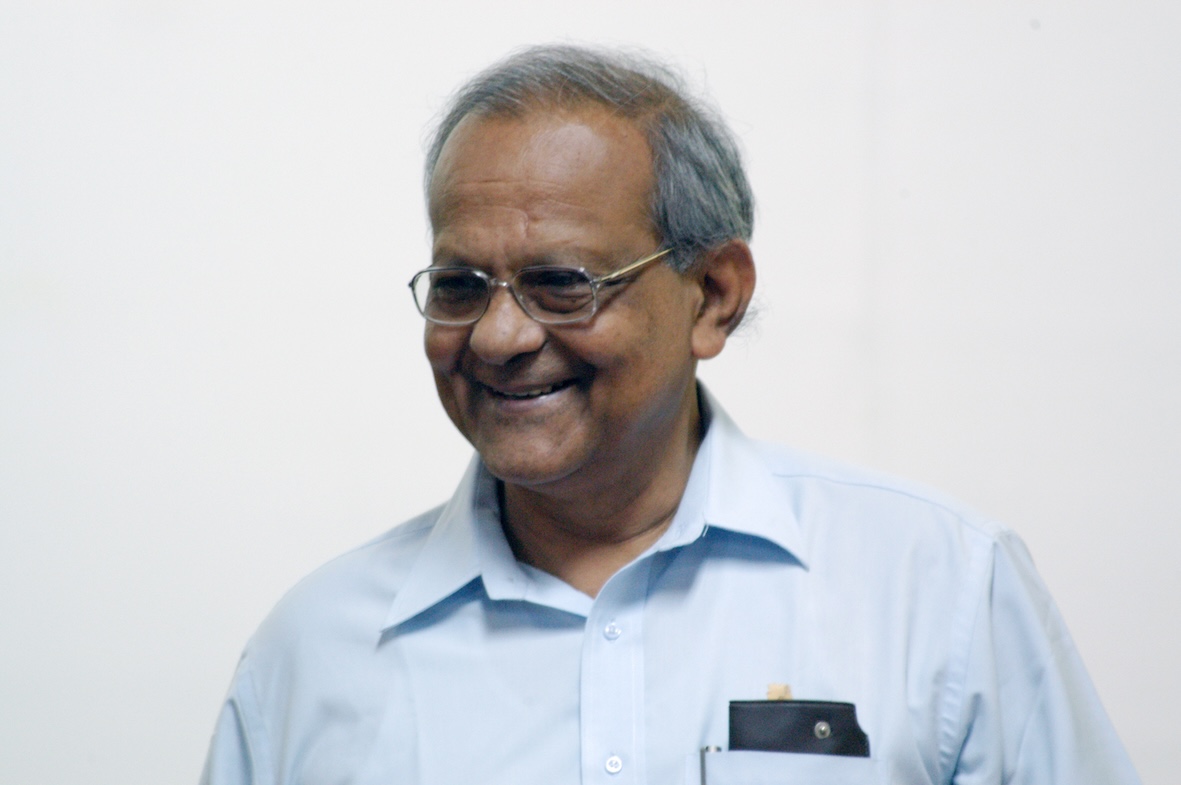
Prof. Durga Prasad Roy
(1941-2017)
D P Roy Memorial Lecture Series
Prof. Durga Prasad Roy was a pioneer in the field of particle physics in India, especially in the physics of High energy colliding beam machines. He worked at TIFR for more than four decades. This series of Memorial Lectures was made possible by the generosity of Mrs. Manika Roy and the family of the late Prof. Roy.
Past Lectures
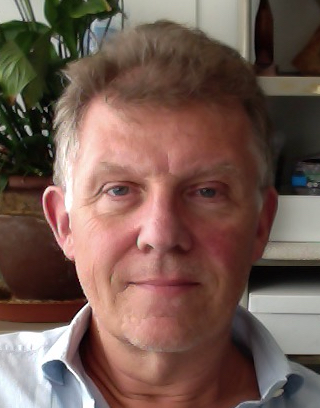
Prof. Michelangelo Mangano
CERN
Visible and Invisible in fundamental physics and art
D P Roy Memorial Lecture 2025
The relation between visible and invisible emerges in many areas, from art to science, from religion to philosophy. In this lecture, at a level accessible to high-school students, I highlight the role that "invisibles" have played and play in the development of modern physics, while understanding the nature of matter and forces at the fundamental level. This is accompanied by references to the work of Salvador Dali', the most famous artist to have been influenced by physics in his own exploration of the "invisible".
Theoretical Physics Colloquium
The future of collider physics
The Free Meson Seminar
Physics at a Future Circular Collider
Particle physics at the crossroads
D P Roy Memorial Lecture 2023
Particle physics had a triumphant march since the 1950's, which culminated in the discovery of the Higgs boson in 2012 at the LHC in Geneva, Switzerland. Our current picture of fundamental particles and their interactions, the Standard Model, explains all collider experiments performed to date, providing the most quantitatively accurate predictions in the history of science. This remarkable success puts particle physics in an unusual situation. Should we still expect new particle physics discoveries or did we already learn everything we could? What would be the signals of potential new physics? Conversely, what would be the implications if there were no more discoveries? Does it still make sense to build bigger experiments? In general, when should we consider an experiment (for example the LHC) to be successful? I will first review the Standard Model, provide a glimpse of the Higgs boson and why it is was important to find it, and finally try to answer some of these fundamental questions that keep particle physicists up at night.
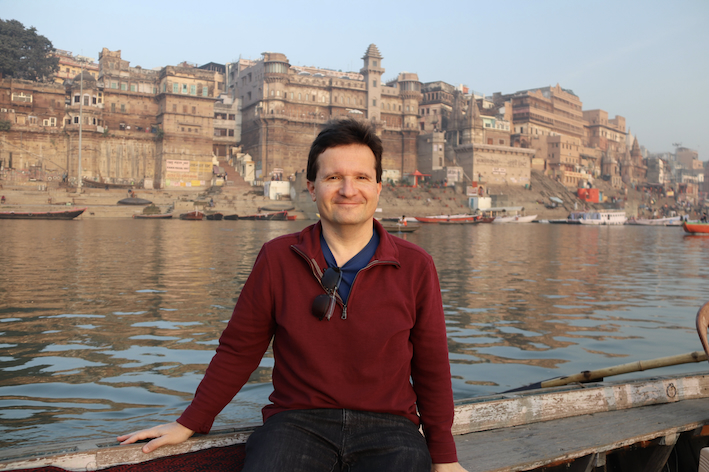
Prof. Csaba Csaki
Cornell University
USA
Theoretical Physics Colloquium
Magnetic Scattering: Pairwise Little Group and Pairwise Helicity
The Free Meson Seminar
Exploring the Phases of Gauge Theories via Anomaly Mediated Supersymmetry Breaking
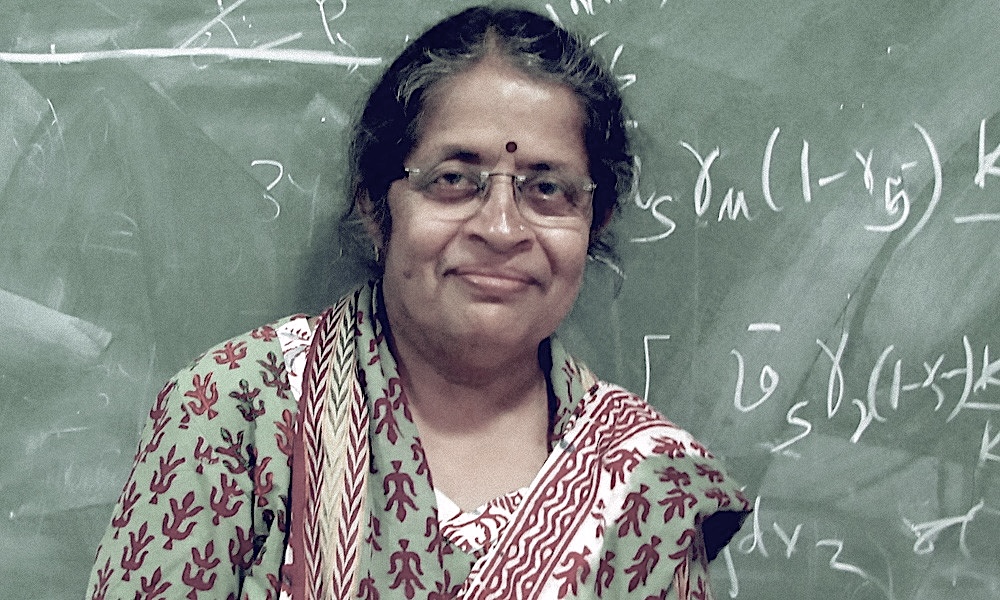
Rohini Godbole
Indian Institute of Science,
Bengaluru, India
Shedding light on the Dark Matter in the Universe
DP Roy Memorial Lecture 2022
This talk will discuss one of the next fronPers to be crossed in the everlasting march towards unravelling the mysteries of nature, viz. the issue of Dark Matter (DM) in the Universe. In this context, I will talk about the observations that compel the scientists to believe that the DM exists, and also explore its connection with accepted theories of particle physics. I will then talk about various ways to probe its nature and properties at the Large Hadron Collider the LHC, the future electron-positron colliders like the ILC, as well as other experiments happening deep underground. In the last part, I will touch upon some research work that I have been engaged in over the last few years in the context of the Supersymmetric Dark Matter, the lightest supersymmetric particle, LSP.
Theoretical Physics Colloquium
Probing SUSY in the EW sector at HL/LHC: light neutralino and heavy higgses
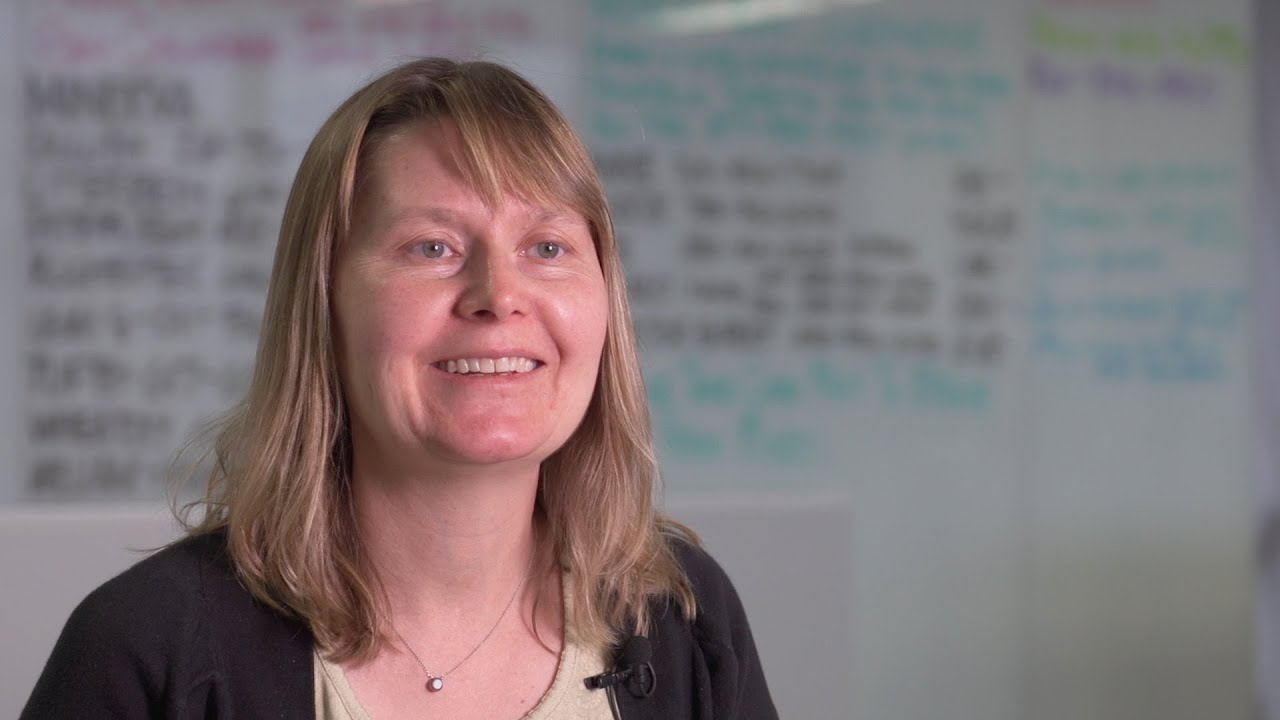
Kate Scholberg
Duke University,
USA
How to see a Star Explode from underground
DP Roy Memorial Lecture 2019
When a massive star reaches the end of its life, ti collapses and then explodes as a supernova, which can shine as brightly as an entire galaxy for a brief time. Right before the explosion, the collapsed star emits a brilliant (but almost invisible) flash of neutrinos. I wil describe how we can catch some of these neutrinos in vast underground detectors. The neutrinos we observe will give us an early warning of the impending supernova, and wil allow us to see what's happening inside the exploding star and possibly witness the birth of a black hole.
PosterFree Meson Seminar
Coherent elastic neutrino-nucleus scattering with COHERENT
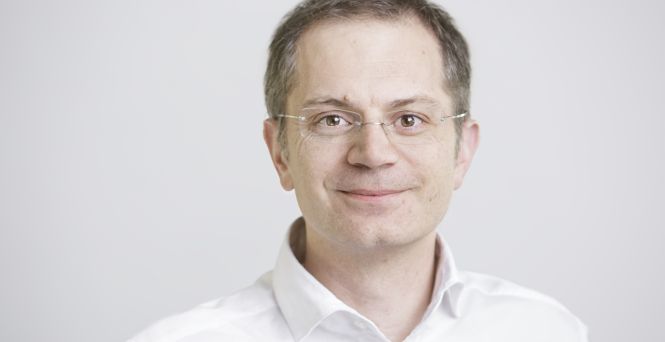
Christoff Gojean
Deutsches Elektronen-Synchrotron DESY,
Germany
The Fabric of Matter
DP Roy Memorial Lecture 2018
A few elementary building blocks and simple forces among them account for all the variety of matter that we see around us. This is the outcome of a century of work that culminated in the discovery of the Higgs boson in 2012. In his lecture, Prof. Grojean will talk about the remaining mysteries in the structure of matter and the way forward.
Theoretical Physics Colloquium
Higgs and New Physics: a Love Affair
The Free Meson Seminar
The Higgs future